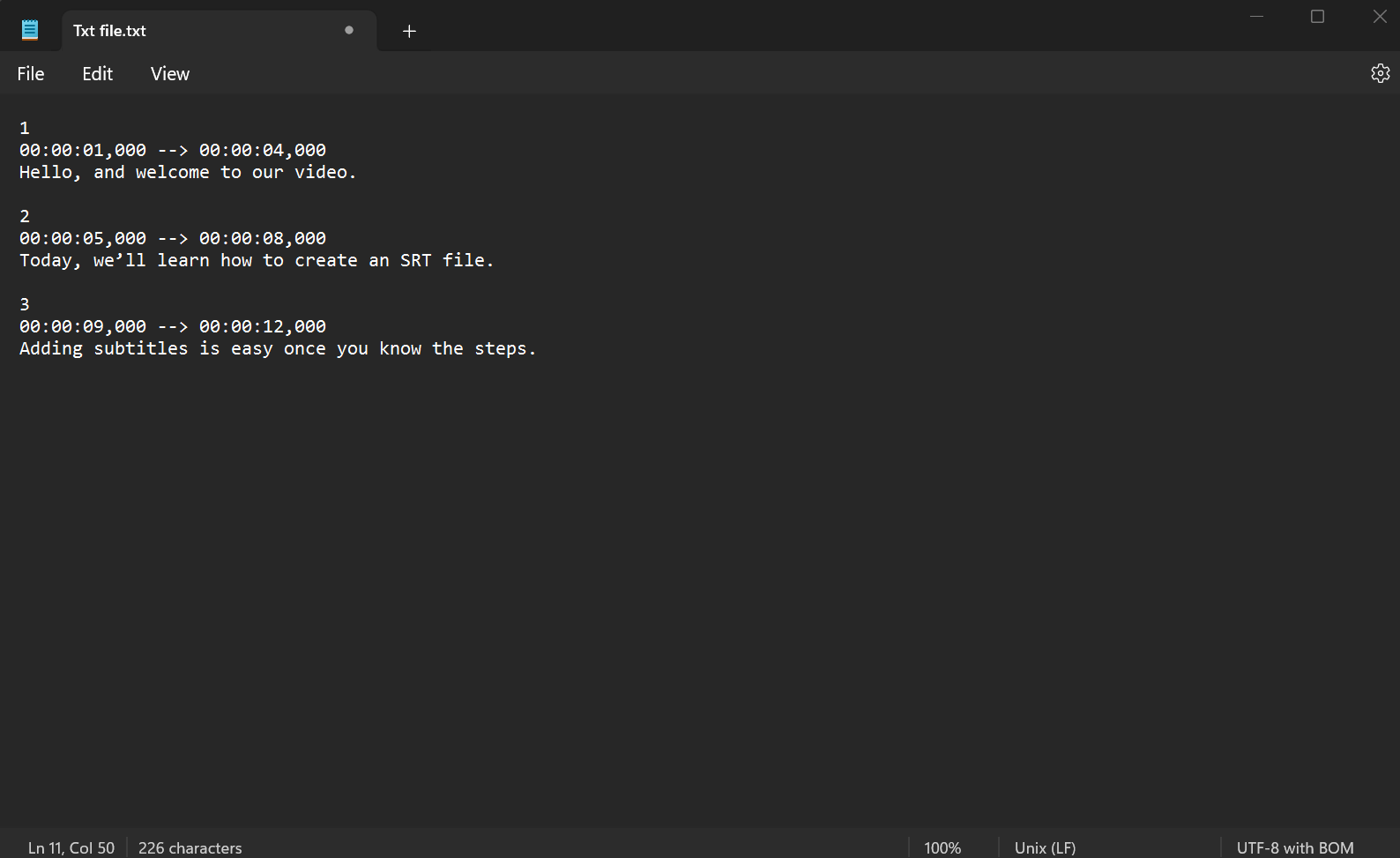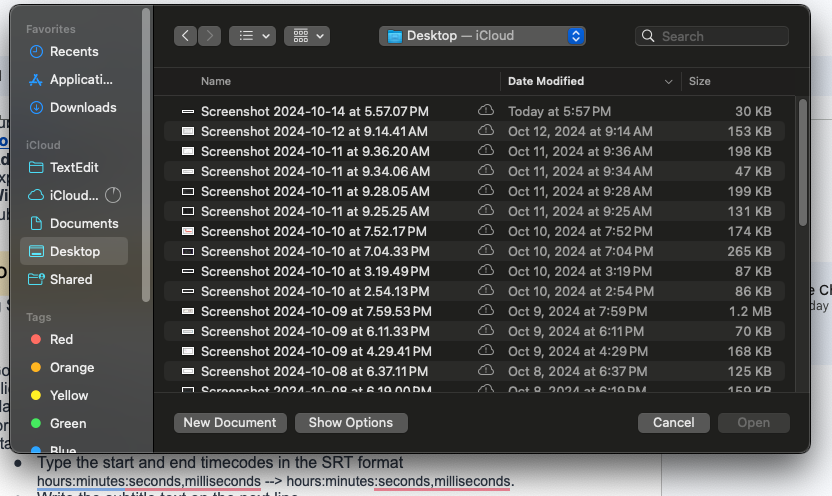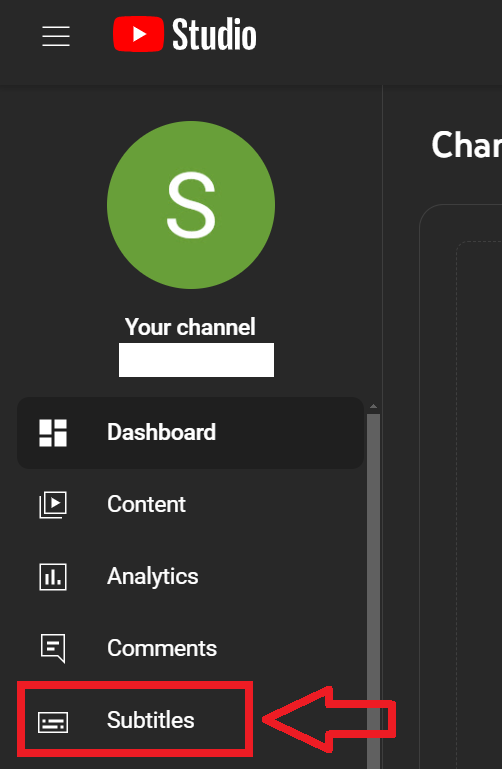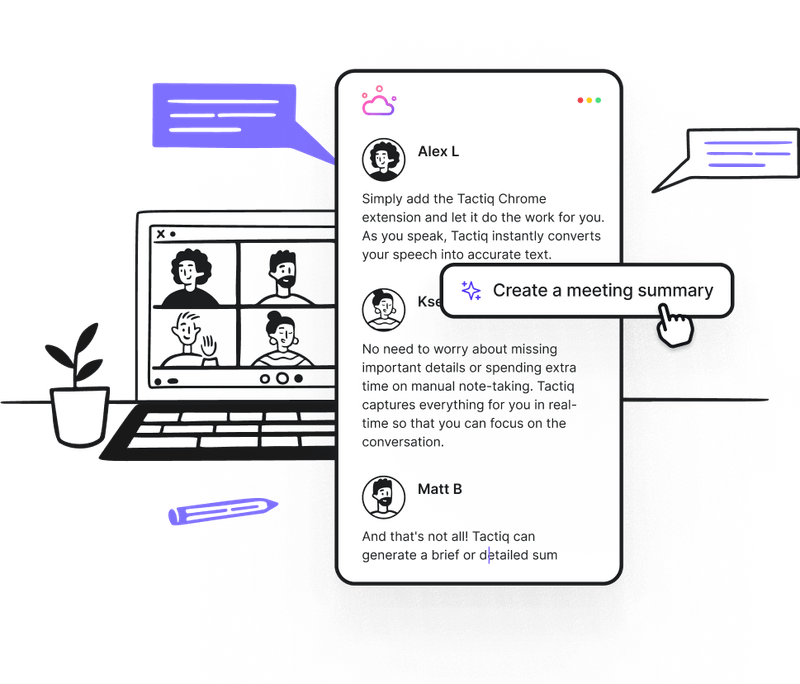Step-by-Step Guide to Creating SRT Files
October 20, 2024
October 20, 2024
June 12, 2025
June 12, 2025
Do you want to add subtitles to your videos? Creating SRT files is a simple way to do it.
In this guide, we'll explain what SRT files are, how they work, and why you should use them. We will also walk you through the steps to manually create SRT files on both Mac and Windows.
What is an SRT File?

SRT files, short for SubRip Subtitle files, are text files that contain subtitles. They originated from a software called SubRip, which extracted subtitles from DVDs. SRT files became popular because they are easy to create and compatible with many media players.
Uses of SRT Files in Subtitling and Captioning
SRT subtitle files are especially useful for:
- Hearing-impaired viewers - Subtitles provide a text version of spoken words.
- Non-native language speakers - Subtitles help understand content better.
- Noisy environments - Viewers can follow along without needing to hear the audio clearly.
Advantages of Using SRT Files
SRT subtitle files have several benefits that make them a popular choice for subtitling:
- They are plain text files, making them easy to create and edit.
- SRT files work with most media players and platforms.
- You can adjust the timing and content without specialized software.
- Adding SRT files to videos can improve search rankings as search engines index the text.
Overview of Software that Supports SRT Files
Numerous software and platforms support SRT subtitle files. Some popular options include:
- VLC Media Player - A free, open-source media player that supports SRT subtitles.
- YouTube - Allows you to upload an SRT subtitle file to your videos.
- Adobe Premiere Pro - A professional video editing software that can import and export SRT files.
- Windows Media Player - A built-in media player for Windows that supports SRT subtitles.
How to Create SRT Files on Mac

Creating SRT files on a Mac involves using TextEdit, a simple text editor. Follow these steps:
- Go to Applications and select TextEdit.
- Click on File > New.
- Make sure the document is in plain text format. Select Format > Make Plain Text (or use the shortcut Shift + Command + T).
- Start with the number 1, indicating the first subtitle.
- Type the start and end timecodes in the SRT format hours:minutes:seconds,milliseconds --> hours:minutes:seconds,milliseconds.
- Write the subtitle text on the next line.
- Leave a blank line before the next subtitle sequence.
- Continue numbering each sequence, adding timecodes and text.
- Click File > Save. In the Save As dialog, change the file extension from .txt to .srt. Ensure the file is saved with UTF-8 encoding.
How to Create SRT Files on Windows

For Windows users, Notepad is the go-to text editor. Here’s how to create an SRT file:
- Find and open Notepad from the Start menu.
- Start a new document.
- Write the number 1 for the first subtitle.
- Enter the start and end timecodes in the SRT file format hours:minutes:seconds,milliseconds --> hours:minutes:seconds,milliseconds.
- Add the subtitle text on the next line.
- Leave a blank line before the next subtitle sequence.
- Number each sequence consecutively, including timecodes and text.
- Click File > Save As. Change the file extension to .srt and select All Files from the Save as type dropdown. Make sure the encoding is set to UTF-8.
How to Upload SRT Files
Here’s how to upload your own SRT files on some popular platforms:
- YouTube:
- Go to YouTube Studio and select the video you want to edit.
- Click on Subtitles in the left menu.

- Click Add and select Upload File.
- Choose With timing and upload your SRT file.
- Canvas:
- Open the course and go to the Media Gallery.
- Select the video and click on the Captions tab.
- Click Upload, choose the SRT file, and add it.
- Zoom:
- Log in to your Zoom account and go to the Recordings tab.
- Select the recording you want to add captions to.
- Click on the Audio Transcript tab and upload your SRT file.
- General Tips:
- Ensure your SRT file is correctly formatted.
- Check the platform’s specific requirements for file uploads.
- Preview the video with subtitles to ensure proper synchronization.
DIY SRT Creation vs. Professional Captioning
Creating SRT files yourself can be time-consuming. Here’s a comparison:
DIY SRT Creation:
- Time and Effort - Requires manual input and timing.
- Cost - Free, but time-intensive.
- Flexibility - You have full control over the content.
Professional Captioning:
- Accuracy - Higher accuracy with professional services.
- Time-saving - Professionals handle the entire process.
- Cost - Can be expensive, especially for long or frequent videos.
When deciding between DIY and professional captioning, consider the video length, frequency, and your budget. For occasional short videos, DIY might be sufficient. For regular content, professional services can save time and ensure accuracy.
General Tips for Uploading SRT Files to Different Platforms
- Check Compatibility - Ensure the platform supports SRT files. Most major platforms like YouTube, Facebook, and Vimeo do.
- File Name - Name your SRT files clearly and include the language and version (e.g., video-title-en.srt).
- Timecode Precision - Verify that timecodes in the SRT file match the video accurately to avoid sync issues.
- Review Captions - Always review your captions after uploading to ensure they appear correctly and at the right times.
- Multiple Languages - If your video targets a global audience, consider creating and uploading SRT files in different languages.
{{rt_cta_ai-convenience}}
Generate Subtitles Effortlessly with Tactiq

Creating subtitles for videos, audio files, or recorded meetings can be time-consuming. Tactiq simplifies this by providing real-time transcription across popular virtual meeting platforms like Zoom, Google Meet, and Microsoft Teams. You can also upload video or audio files directly to generate accurate, time-stamped text. This feature lets you focus on content quality rather than manual transcription.
Customize Your Subtitles with Tactiq’s AI Prompts
After transcribing, use Tactiq’s customizable AI prompts to personalize your subtitles. You can:
- Match your subtitles to the tone and style you need.
- Translate subtitles into different languages.
- Use the generated text to create SRT files on your Mac or Windows text editor.
Tactiq’s real-time transcription and AI capabilities make SRT creation fast, accurate, and tailored to your requirements. Download the free Tactiq Chrome Extension today!
An SRT file, or SubRip Subtitle file, is a plain text document that contains subtitles in sequence for a video. It includes numbered sections, timecodes marking when each subtitle should appear, the subtitle text, and a blank line between each entry.
To create an SRT file, open a text editor, type the subtitle sequence number, add start and end timecodes in 00:00:00,000 --> 00:00:05,000 format, write the subtitle text, leave a blank line, and repeat. Save the file with a .srt extension and UTF-8 encoding.
SRT files improve video accessibility, compatibility, and engagement by allowing viewers to follow along with subtitles. They work with most platforms and may meet legal accessibility requirements.
Yes! Tactiq captures real-time transcriptions and provides automated summaries, helping create accurate SRT files from meetings. It enables easy collaboration, personalized insights, and file sharing.
You upload SRT files by accessing your video or recording on platforms like YouTube or Zoom, then selecting the option to add or upload subtitles. This lets you make your content accessible and ensures your subtitles appear in sync with your video.
Want the convenience of AI summaries?
Try Tactiq for your upcoming meeting.
Want the convenience of AI summaries?
Try Tactiq for your upcoming meeting.
Want the convenience of AI summaries?
Try Tactiq for your upcoming meeting.









